There can be your advertisement
300x150
How to Choose a Wardrobe: 9 Tips Before Buying
Corpus or built-in wardrobe? Sliding or hanging doors, minimalist or designer style? Why you shouldn't save on storage systems and why it's important to plan its contents? We answer the main questions
Choosing a wardrobe but unsure what to consider? To avoid mistakes during purchase and buy the right model that will last long, we've prepared a shortlist of useful tips.
1. Familiarize yourself with trends
Furniture production is not standing still, modern companies offer new and new practical solutions for all kinds of needs. That's why it's important to get acquainted with the latest market innovations and current trends before making a choice.
Perhaps you might find a more extended version of the wardrobe – a dressing room with sliding doors?
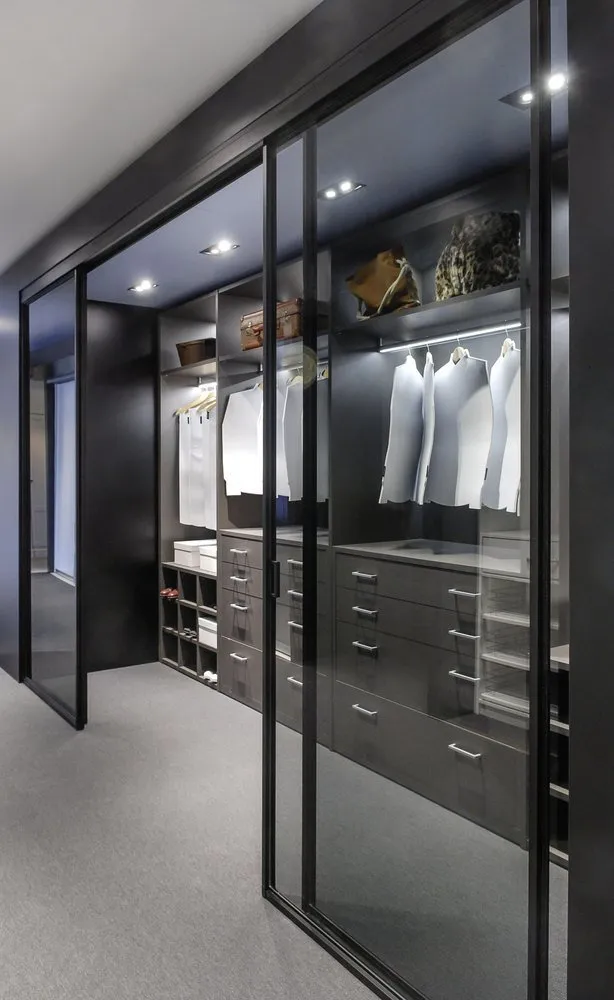
Or, on the contrary, you might prefer a lighter variant – a storage system with sliding doors-partitions. Consider different options and configurations before making a decision.
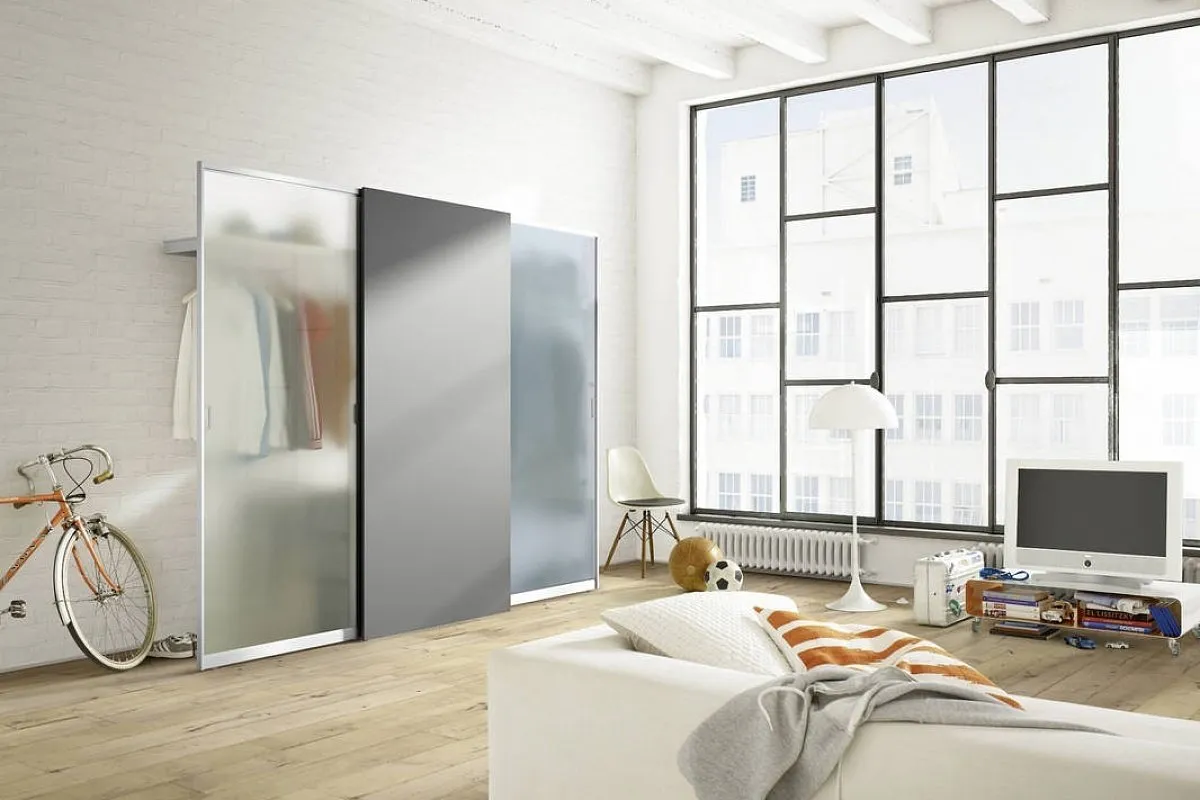
2. Consider the features of the room
Perhaps there is a niche in the room where a storage system would fit perfectly? Or your space is narrow and elongated, and you can adjust its geometry by placing the wardrobe along one of the short walls?

There are also solutions for attic spaces that allow maximizing the use of available storage space.
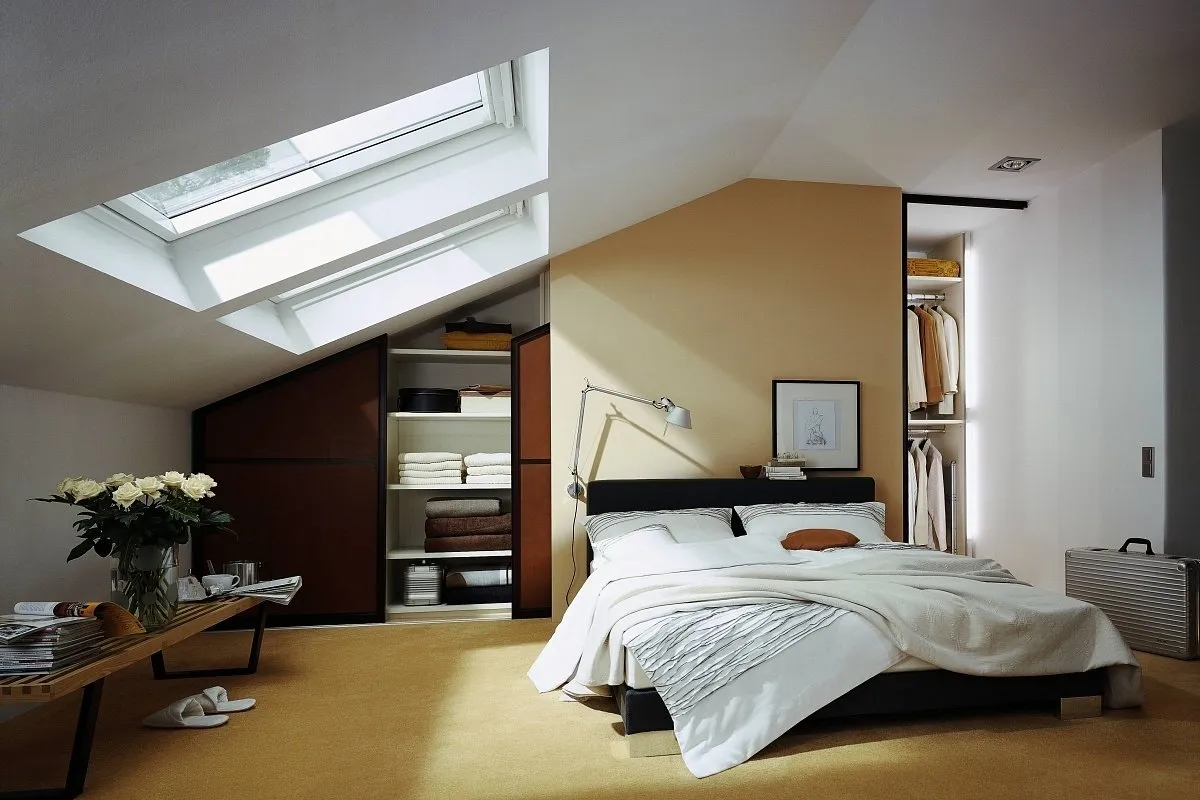
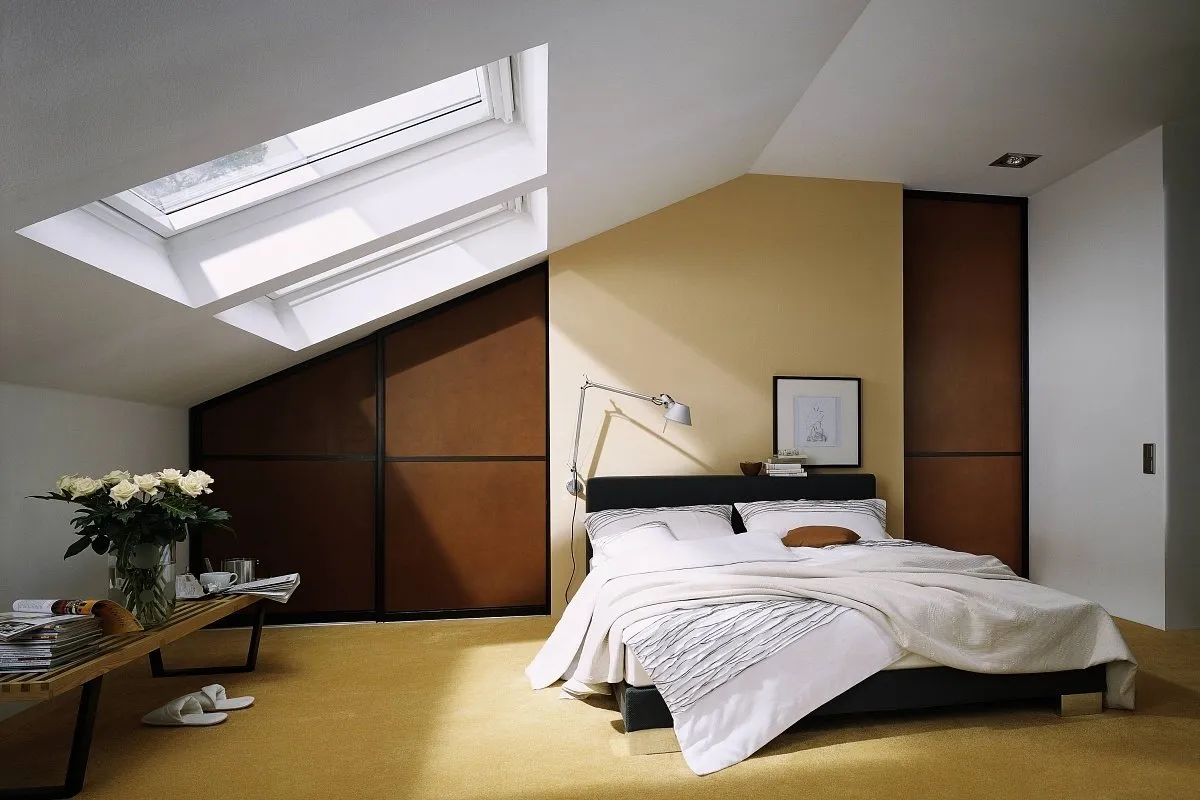
3. Choose the appropriate construction type
Wardrobes come in cabinet (they can be disassembled and reassembled in another room), built-in (doors and shelves are mounted to walls, floor, and ceiling), and semi-built-in (the role of one or two side panels is played by the ceiling and/or room walls).
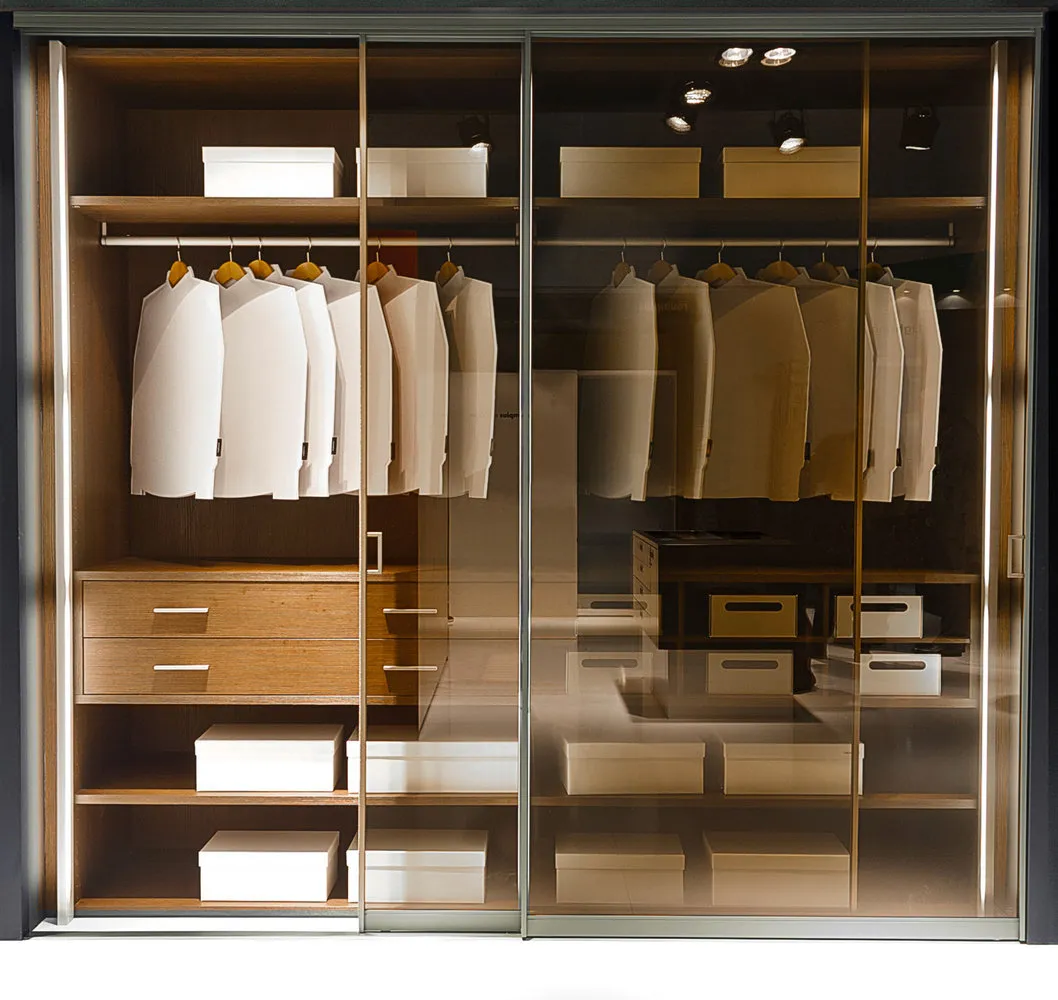
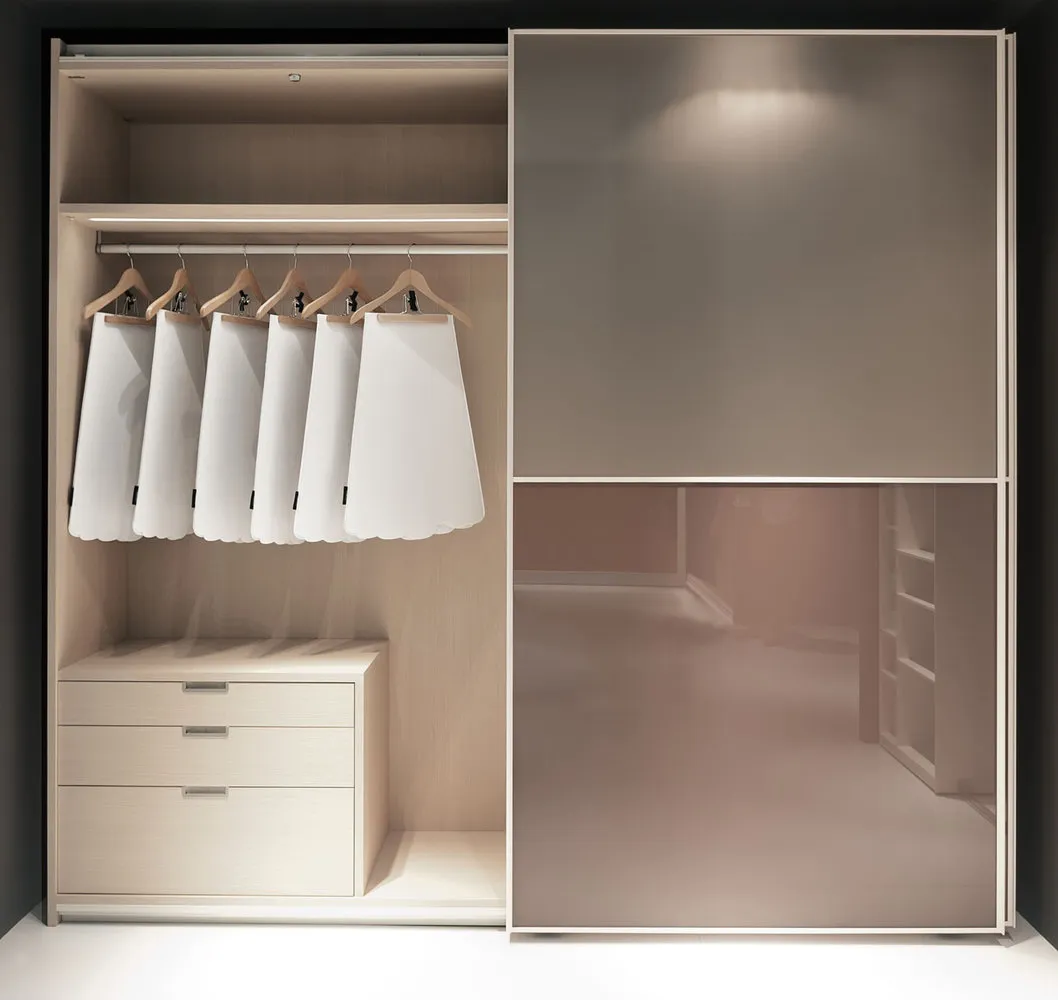
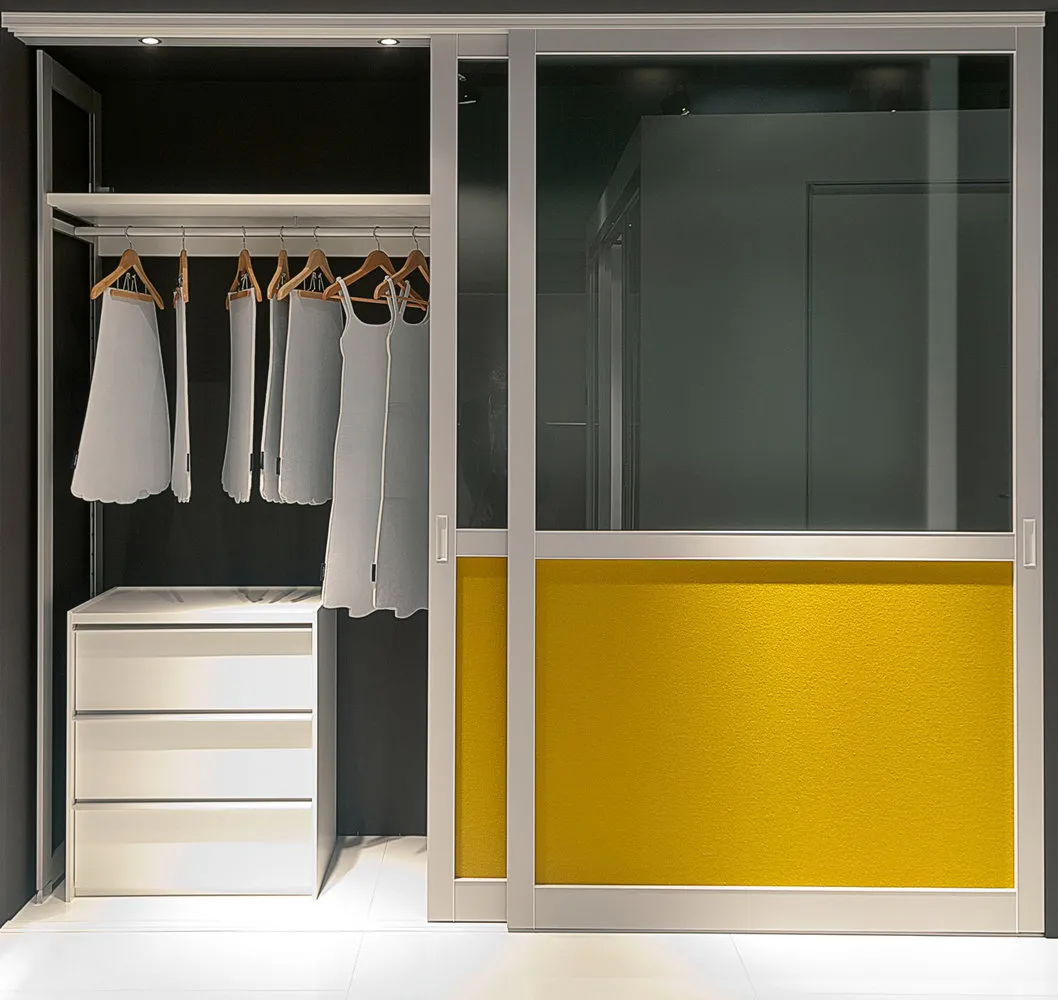
4. Keep in mind that door opening mechanisms vary
Wardrobe doors can be sliding (i.e., move along guides using roller mechanisms), hanging (lower guides are absent, the door moves only via upper roller mechanisms), or mounted (the guide system is hidden inside the product's body).
5. Match needs and possibilities
Before planning the configuration and contents of a wardrobe, you should clarify two points for yourself. The first is what your needs are: what will be stored in the wardrobe.
The second point is your possibilities. Does the room size allow installing a deep wardrobe or should you choose furniture with less depth? Will everything you want fit into one storage system, or is it better to have several?
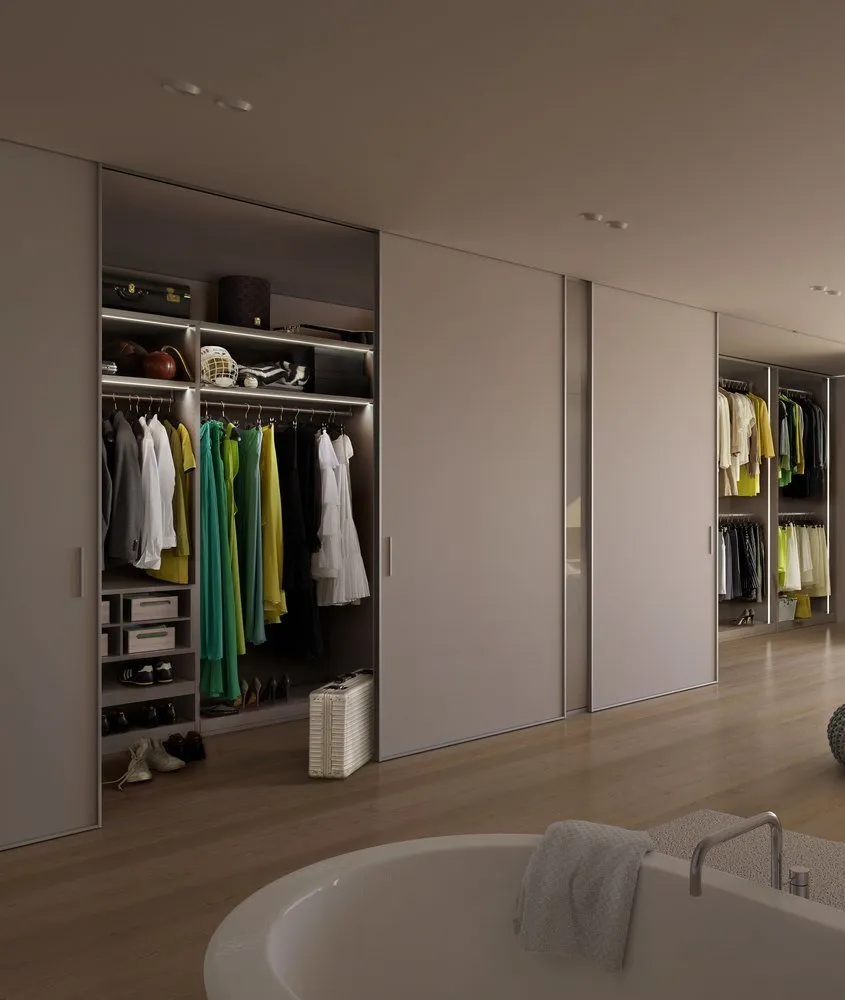
It might seem like an obvious point, but in practice, it's common for people to unexpectedly find that there is no space in the apartment to store travel bags and snowboards, or nowhere to place a vacuum cleaner and hide an ironing board.
6. Don't skimp on quality
High-quality components and reliable mechanisms cannot be offered at low prices.
Cheap wardrobes not only require quick replacement, but they can also harm your health (agree that harmful emissions from low-quality MDF and unexpectedly collapsed shelves are not good for you). Choose practical, durable, and eco-friendly materials for your storage system.
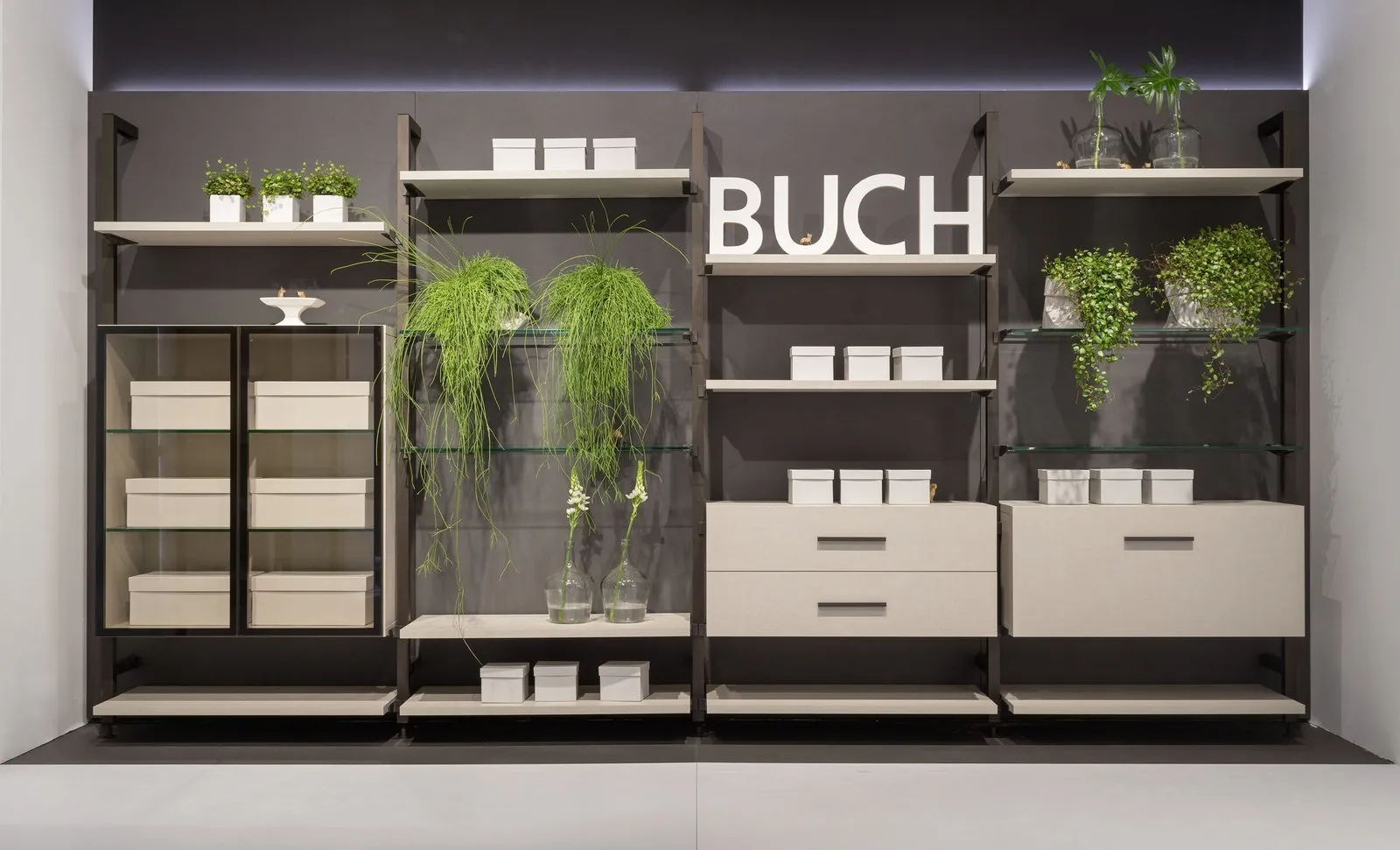
7. Pay attention to the contents
There is no such thing as a standard set of shelves, baskets, and hangers; wardrobe contents must precisely meet your needs. Planning to store clothes and many small items and accessories? Provide more sliding drawers. Keeping most of your clothes on hangers? Place fewer shelves and more hangers in the wardrobe.
There are also trouser holders, tie holders, sliding baskets, and shoe shelves. Some manufacturers offer to equip a wardrobe with a sliding ironing board, which is also very convenient in many cases.
If your wardrobe is tall enough, it would be useful to equip it with a pantograph – a special mechanism for lowering and raising the hanger.
8. Decide on the facade design
Modern manufacturers offer a wide variety of wardrobe facades: from minimalist classic and familiar mirror finishes to options with photo printing or partially transparent doors. Thus, you will definitely find the most suitable one for your interior style and color scheme.



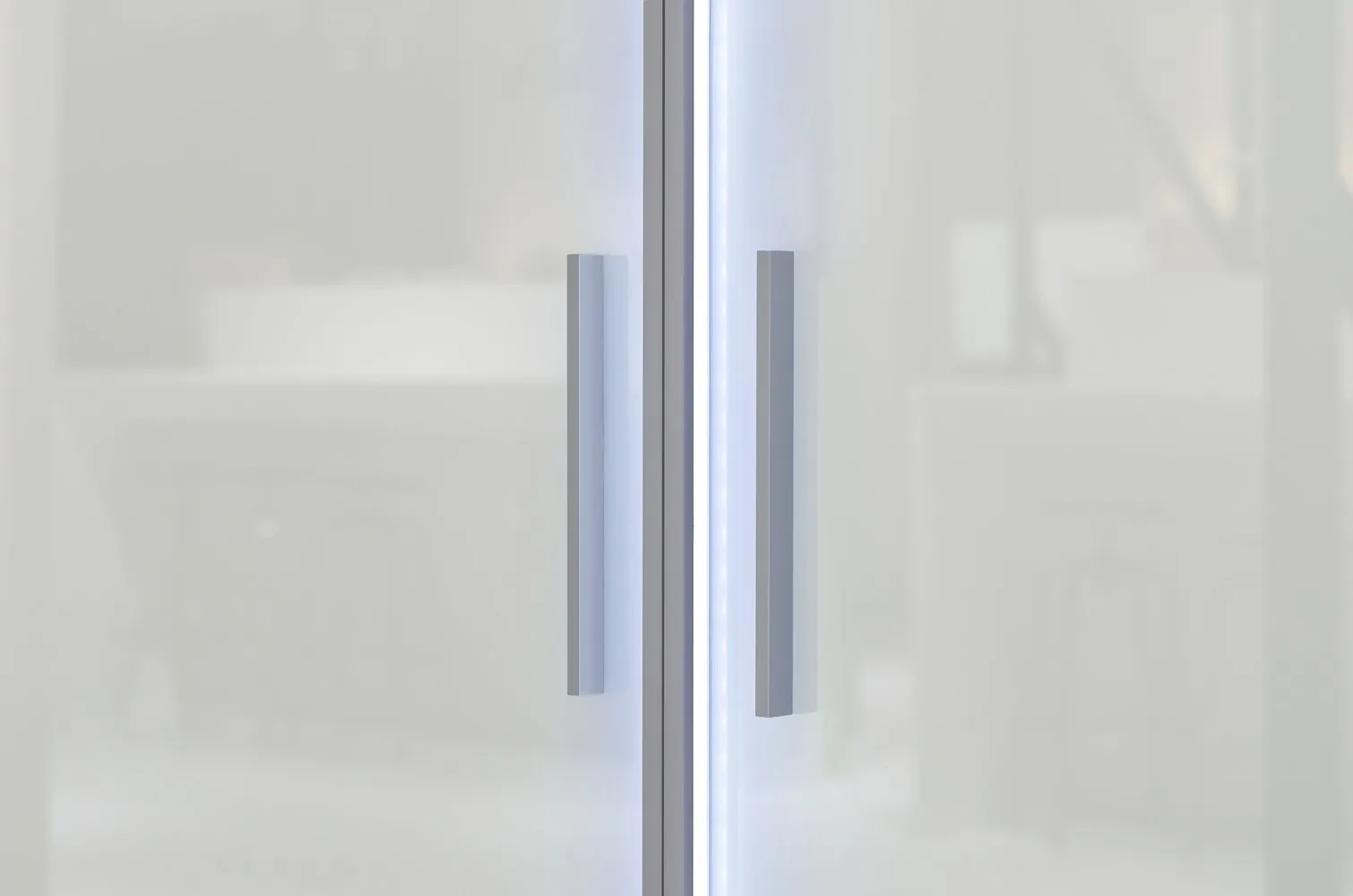
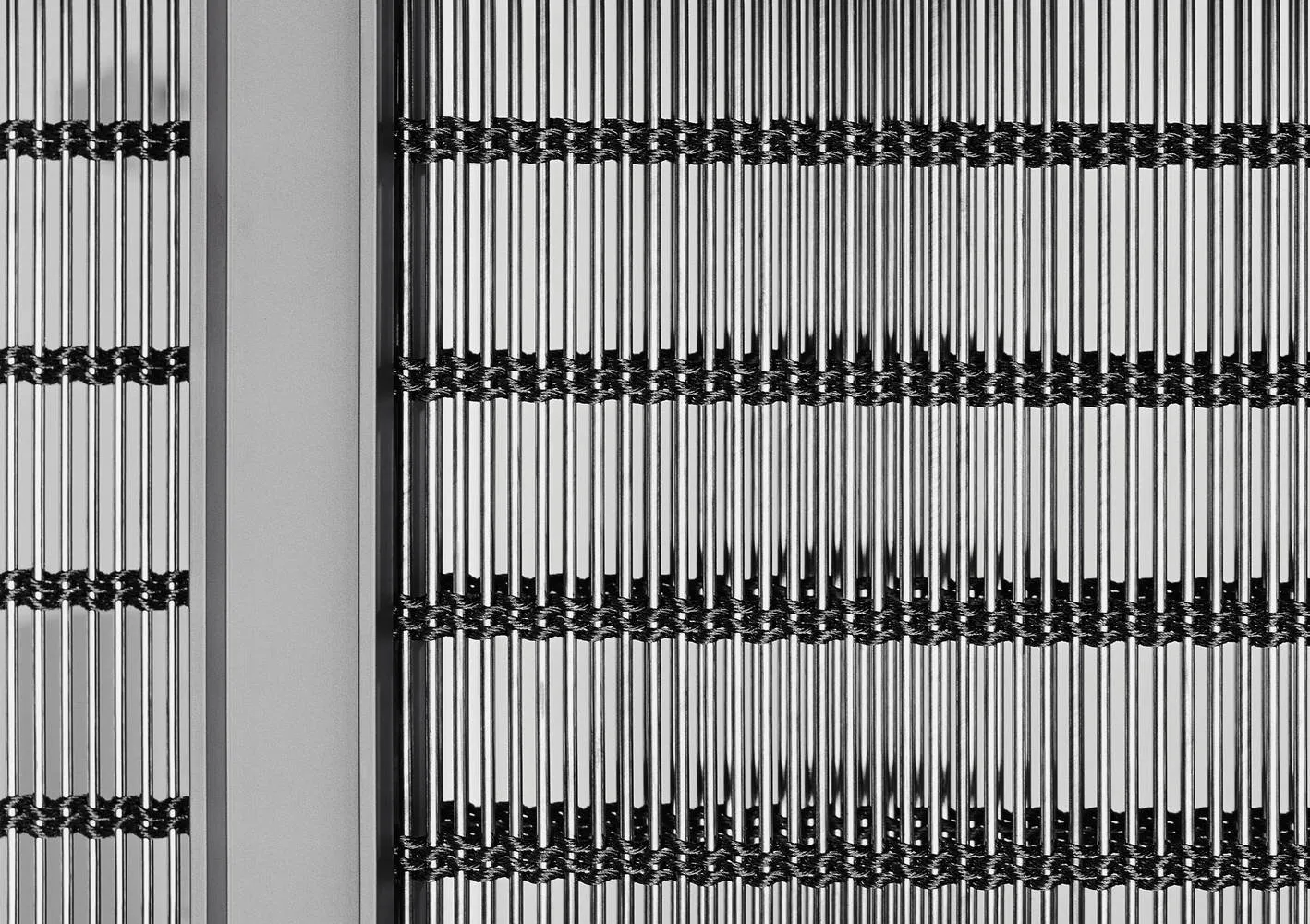
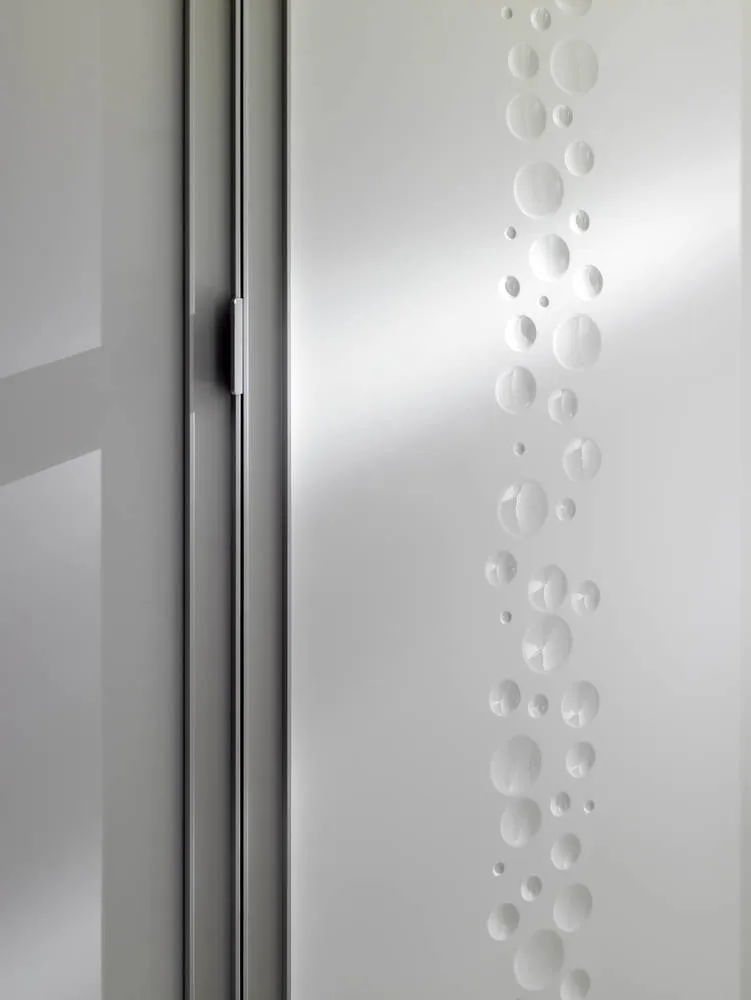

Pay attention: if you want to visually 'hide' a wardrobe, it's best to choose doors in wall color or go for mirrors.
Be careful with bright colors and eye-catching pictures on the doors: there is a risk that they will quickly tire you out.

9. Think about lighting
Lighting can be a convenient addition to a wardrobe and allows finding the right items much faster. By the way, you can illuminate not only shelves but also facades (especially stunning when combined with transparent or semi-transparent glass).





In our opinion, every project requires an individual approach; with the online furniture constructor Raumplus you can create and calculate your wardrobe.
More articles:
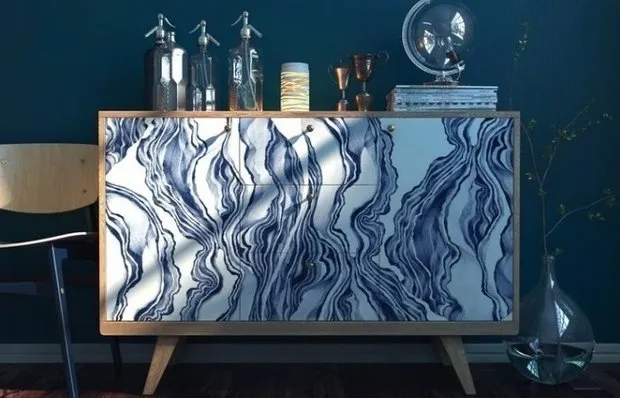 7 Designer Items Worth Spending Money On
7 Designer Items Worth Spending Money On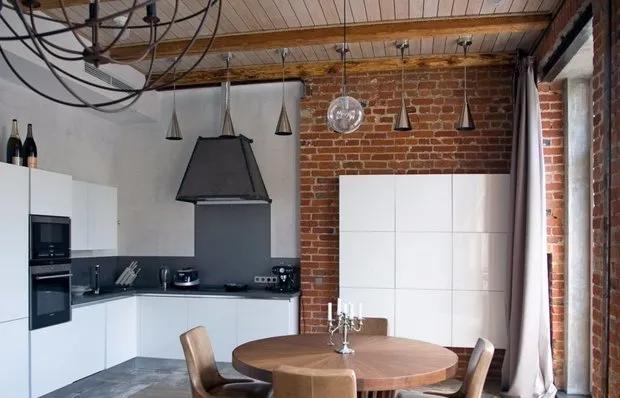 Ceiling Beams, Decorative Beams for Ceiling
Ceiling Beams, Decorative Beams for Ceiling How to Prevent Fire in the House
How to Prevent Fire in the House Large Apartment: Tips for Layout Planning
Large Apartment: Tips for Layout Planning 13 Secrets to Save Family Budget When Paying for Housing and Utilities
13 Secrets to Save Family Budget When Paying for Housing and Utilities 10 Rules of Design by Abigail Ahern
10 Rules of Design by Abigail Ahern Design of Suspended Ceilings for Kitchen with Photos
Design of Suspended Ceilings for Kitchen with Photos SaloneSatellite in Moscow: 10 Projects by Young Designers
SaloneSatellite in Moscow: 10 Projects by Young Designers